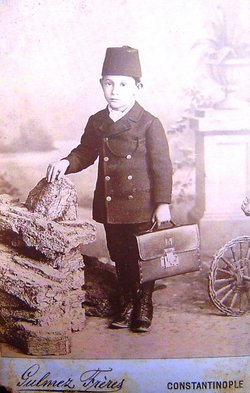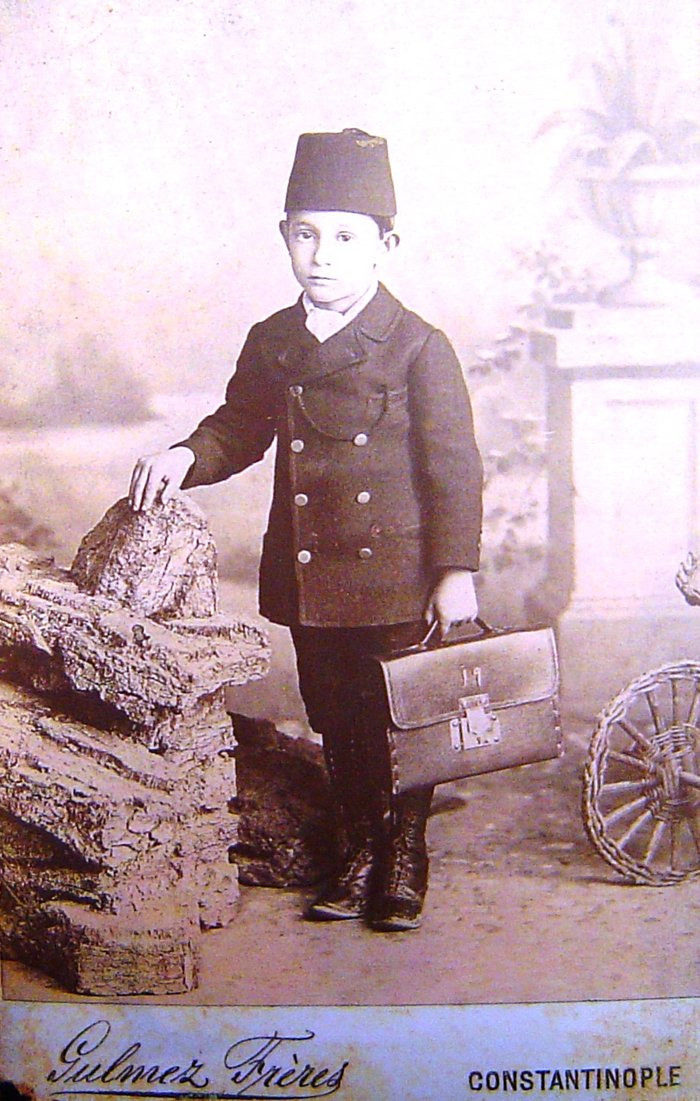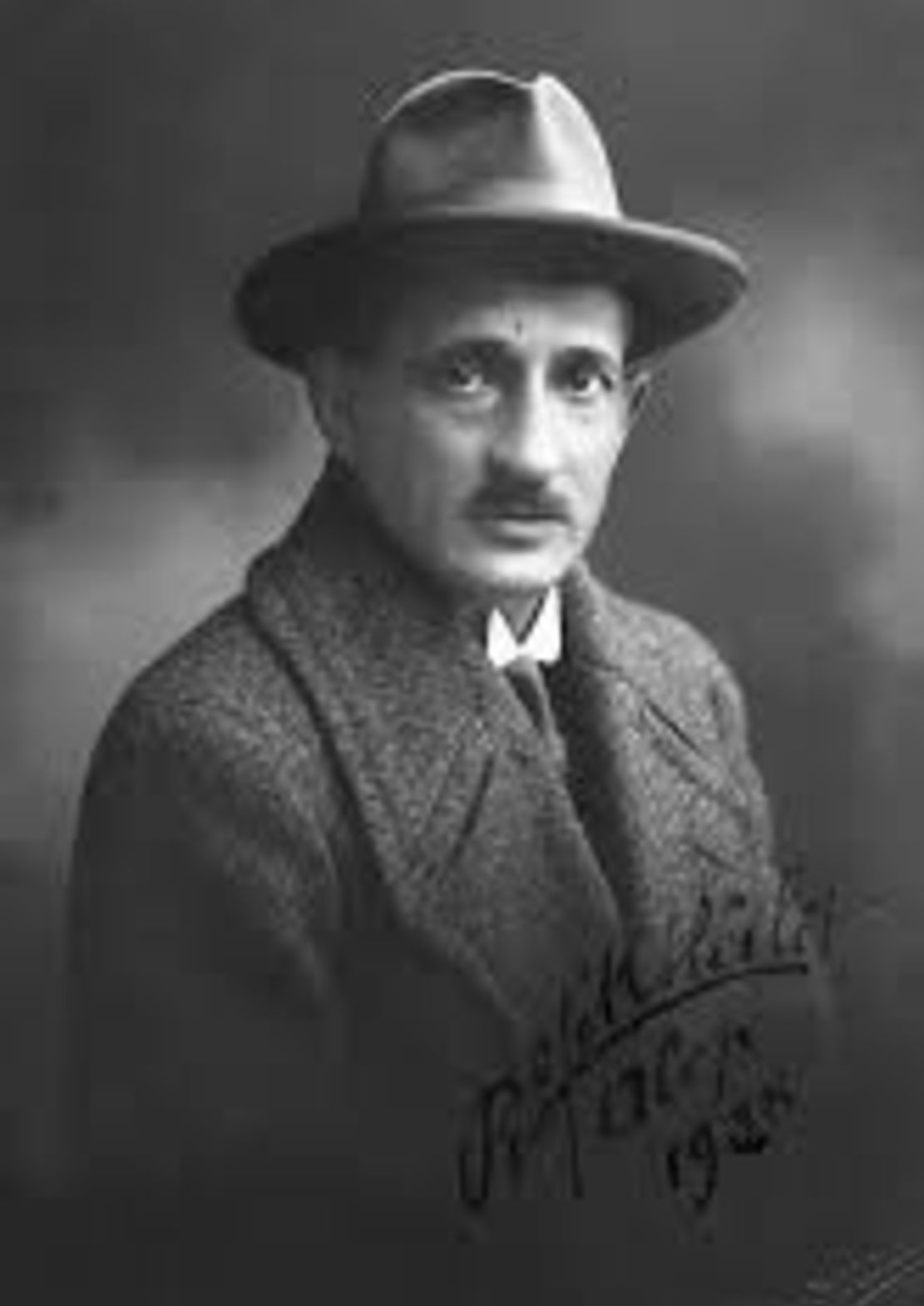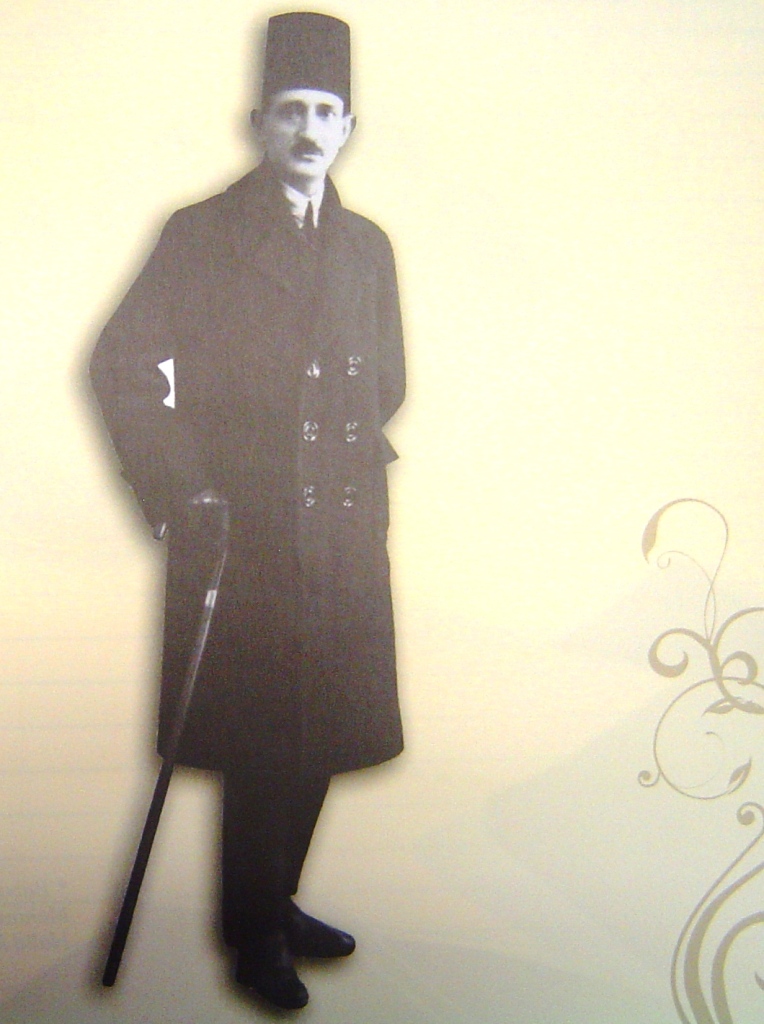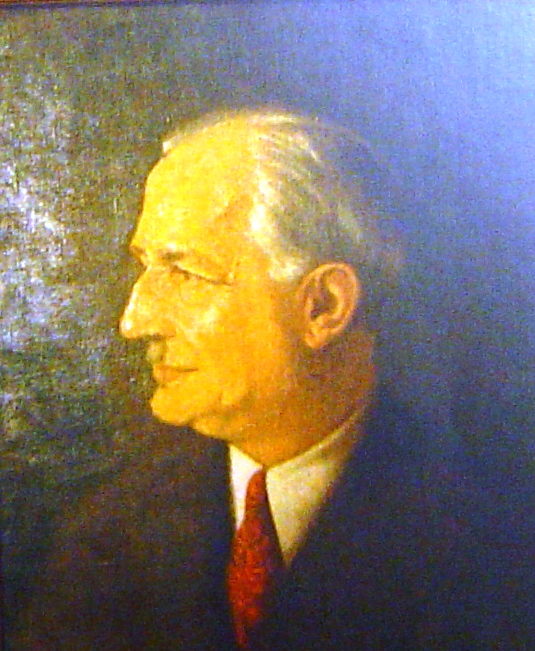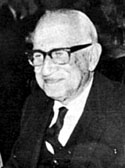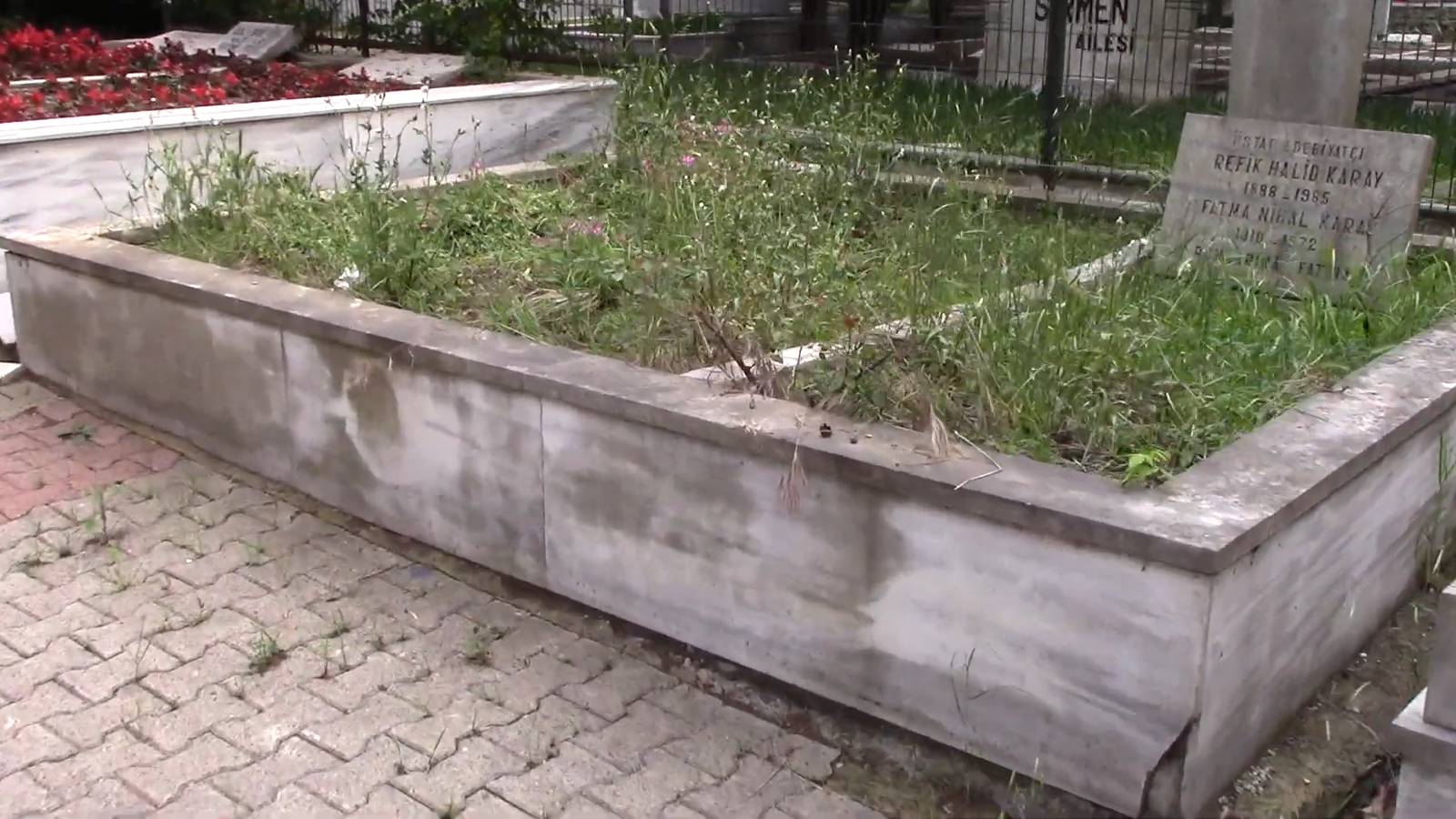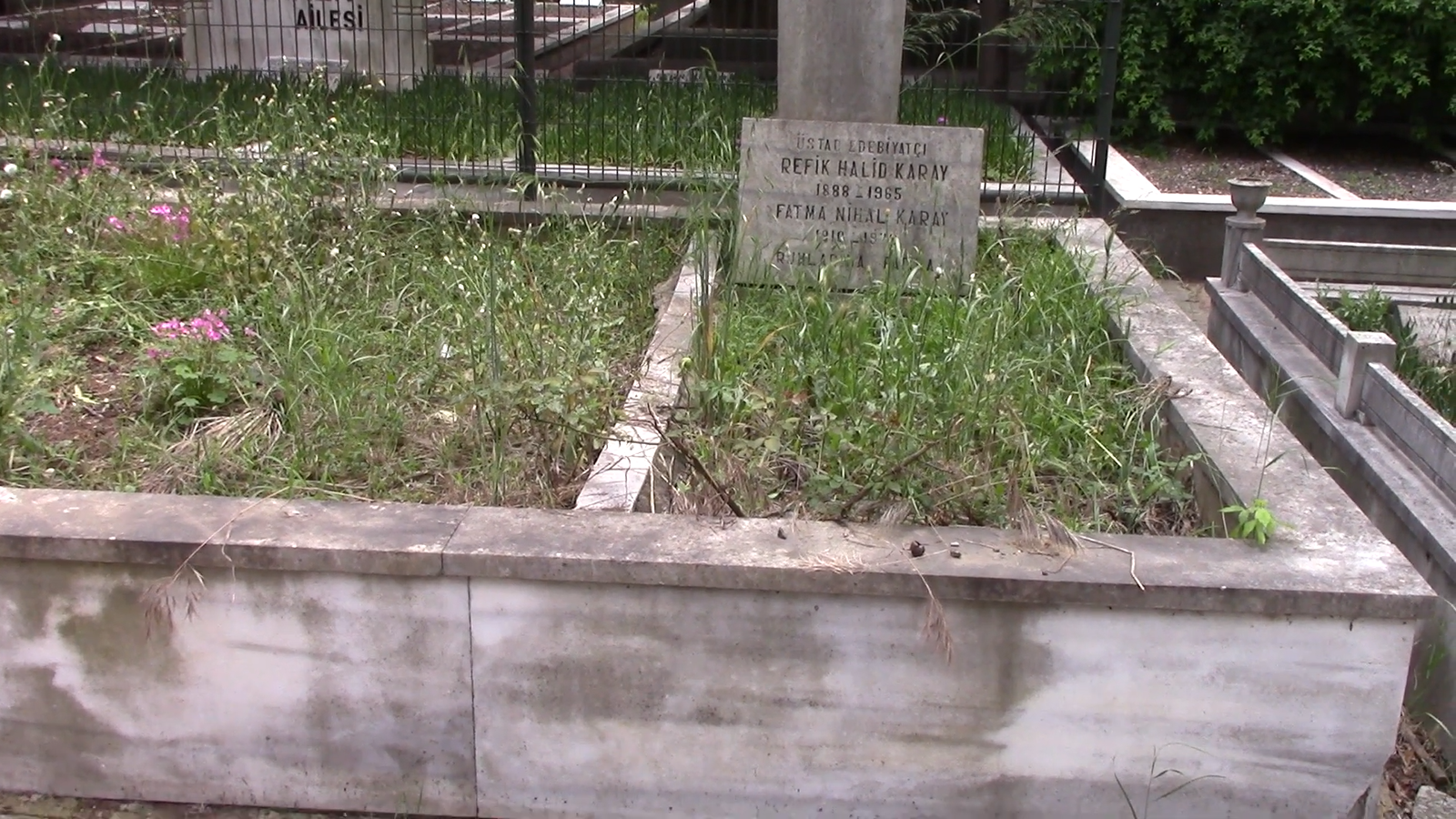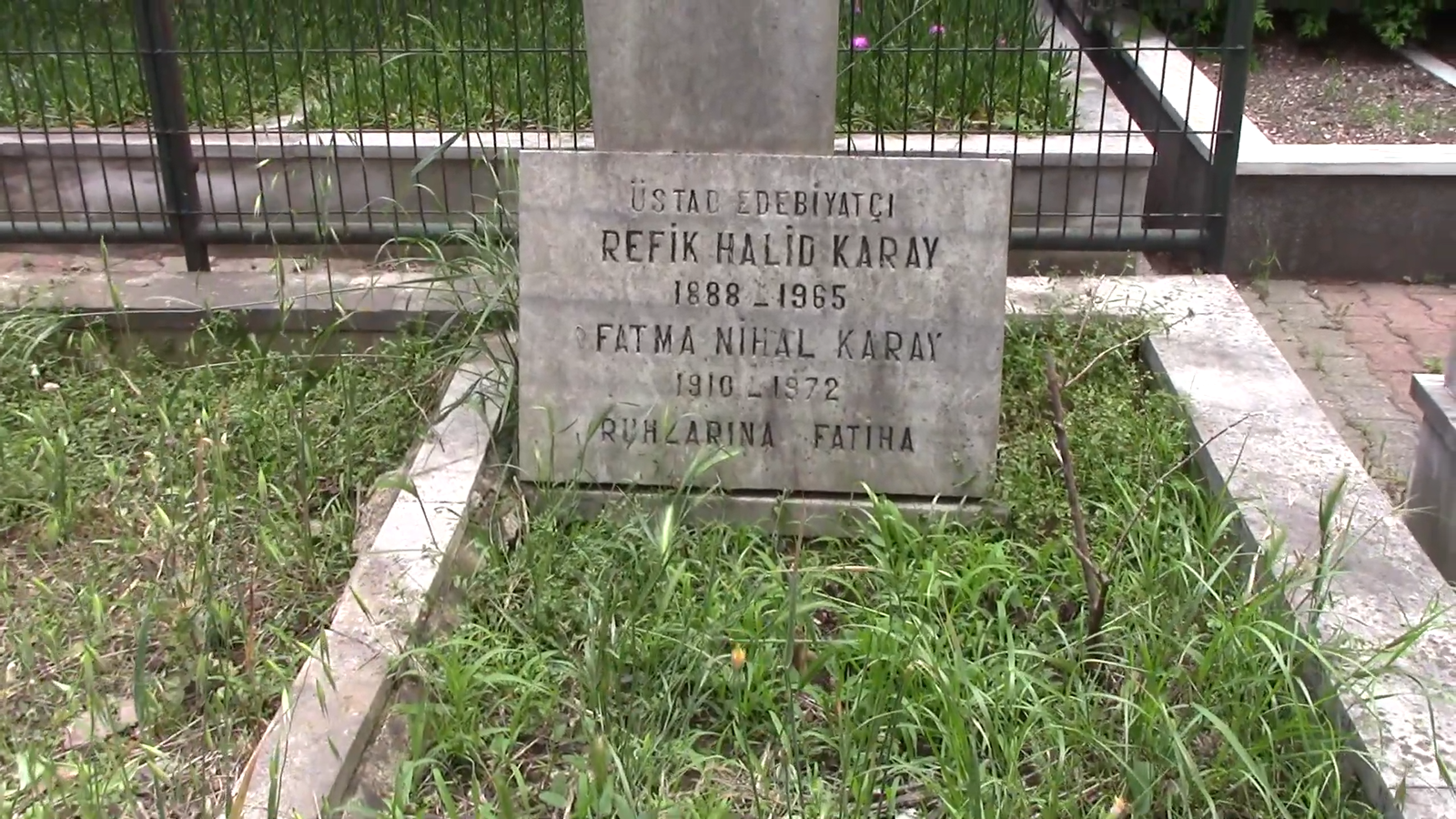He was a member of the "Dawn of the New Age Movement". He became well known for his articles written under the pen name "Kirpi" (Hedgehog) in humor reviews such as Kale and Cem. He became the Head Secretary of the Sixth Municipality Department during the government of the Liberty and Entente Party (1912). When the Union and Progress Party gained power, due to the fact that he wrote articles against the prominent members of party, he was exiled to Sinop (1913). He was then sent to Çorum, Ankara and Bilecik, and was kept in exile for five years. He published stories in the culture review of the Union and Progress Party, Yeni Mecmua.
After he returned to Istanbul (1918) with the intervention of Ziya Gökalp, he worked as a Turkish teacher at Robert College and wrote articles in newspapers. During the armistice period, he became a member of the Liberty and Entente Party. He was appointed as the General Director of Post and Telegraph (1919). Being included to the list of the 150's with his articles against the National Struggle, he had to leave the country (1922). After he lived away from Turkey for five years in Beirut and Aleppo, with the general pardon given to the 150's, he returned home (1938). When he returned, he did not enter active politics but published for the second time the Aydede newspaper (1948-59). He is buried in Zincirlikuyu Graveyard.
He worked as an editor at Sabah newspaper. His articles were published in Alemdar and Peyam-ý Sabah newspapers. He gained great fame for his sense of humor with his articles that appeared in the newspaper Aydede, which he established (1922). He was known as a powerful humorist as well as for his stories and novels, in which genre he wrote most. He mostly dealt with women, the middle class and the outskirts of the city in Memleket Hikâyeleri (Hometown Stories). Longing for home was expressed in his Gurbet Hikâyeleri (Exile Stories).
WORKS:
SHORT STORY: Memleket Hikâyeleri (Hometown Stories, 1919), Gurbet Hikâyeleri (Exile Stories, 1940).
NOVEL: Istanbul'un Içyüzü (Inside Istanbul, 1920, with the name of "A Face of Istanbul", 1939), Yezidin Kizi (Vermin's Daughter, 1939), Çete (The Gang, 1939), Sürgün (Exile, 1941), Anahtar (The Key, 1947), Bu Bizim Hayatimiz (This is Our Life, 1950), Nilgün (Nilgün, 3 volumes, Türk Prensesi Nilgün -The Turkish Princess Nilgün, 1950; Mapa Melikesi Nilgün -Mapa Princess Nilgün, 1950; Nilgün'ün Sonu -The End of Nilgün, 1952; with only one volume, 1960), Yer Altinda Dünya Var (There is a World Underground, 1953), Disi Örümcek (Female Spider, 1953), Bugünün Saraylisi (Today's Man of the Palace, 1954), 2000 Yilinin Sevgilisi (2000 Year's Beloved, 1954), Iki Cisimli Kadin (The Woman With Two Bodies, 1955), Kadinlar Tekkesi (Lodge of Women, 2 volumes, 1956), Karli Dagdaki Ates (Fire on the Snowy Mountain, 1956), Dört Yaprakli Yonca (Four-leaf Clover, 1957), Sonuncu Kadeh (Last Glass, 1957), Yerini Seven Fidan (A Sapling Liking its Place, 1977), Ekmek Elden Su Gölden (Living on Others, 1980), Ayin On Dördü (The Full Moon, 1980), Yüzen Bahçe (The Swimming Garden, 1981).
ANECDOTE: Bir İçim Su (Cuddly, 1931), Bir Avuç Saçma (A Handful of Nonsense, 1939), İlk Adim (First Step, 1941), Üç Nesil Üç Hayat (Three Generations, Three Lives, 1943), Makyajli Kadin (The Woman in Make-up, 1943), Tanriya Sikayet (Complaint to God, 1944).
HUMOUR-SATIRE: Sakin Aldanma Inanma Kanma (Don't Be Deceived, Don't Believe, 1915), Kirpi'nin Dedikleri (What the Hedgehog Said, 1916), Agop Pasha'nin Hatirati (Memoirs of Agop Pasha, 1918), Ay Pesinde (In Pursuit of the Moon, 1922), Guguklu Saat (Cuckoo Clock, 1925).
MEMOIR: Tanidiklarim (My Acquaintances, 1922), Minelbab Ilelmihrab (From Beginning to End, 1946), Bir Ömür Boyunca (Throughout A Life, 1980).
PLAY: Deli (Mad, one-act play, 1929), Kanije Müdafaasi ve Tiryaki Hasan Pasha (Kanije Defense and Tiryaki Hasan Pasha, staged but not published).
He was a member of the "Dawn of the New Age Movement". He became well known for his articles written under the pen name "Kirpi" (Hedgehog) in humor reviews such as Kale and Cem. He became the Head Secretary of the Sixth Municipality Department during the government of the Liberty and Entente Party (1912). When the Union and Progress Party gained power, due to the fact that he wrote articles against the prominent members of party, he was exiled to Sinop (1913). He was then sent to Çorum, Ankara and Bilecik, and was kept in exile for five years. He published stories in the culture review of the Union and Progress Party, Yeni Mecmua.
After he returned to Istanbul (1918) with the intervention of Ziya Gökalp, he worked as a Turkish teacher at Robert College and wrote articles in newspapers. During the armistice period, he became a member of the Liberty and Entente Party. He was appointed as the General Director of Post and Telegraph (1919). Being included to the list of the 150's with his articles against the National Struggle, he had to leave the country (1922). After he lived away from Turkey for five years in Beirut and Aleppo, with the general pardon given to the 150's, he returned home (1938). When he returned, he did not enter active politics but published for the second time the Aydede newspaper (1948-59). He is buried in Zincirlikuyu Graveyard.
He worked as an editor at Sabah newspaper. His articles were published in Alemdar and Peyam-ý Sabah newspapers. He gained great fame for his sense of humor with his articles that appeared in the newspaper Aydede, which he established (1922). He was known as a powerful humorist as well as for his stories and novels, in which genre he wrote most. He mostly dealt with women, the middle class and the outskirts of the city in Memleket Hikâyeleri (Hometown Stories). Longing for home was expressed in his Gurbet Hikâyeleri (Exile Stories).
WORKS:
SHORT STORY: Memleket Hikâyeleri (Hometown Stories, 1919), Gurbet Hikâyeleri (Exile Stories, 1940).
NOVEL: Istanbul'un Içyüzü (Inside Istanbul, 1920, with the name of "A Face of Istanbul", 1939), Yezidin Kizi (Vermin's Daughter, 1939), Çete (The Gang, 1939), Sürgün (Exile, 1941), Anahtar (The Key, 1947), Bu Bizim Hayatimiz (This is Our Life, 1950), Nilgün (Nilgün, 3 volumes, Türk Prensesi Nilgün -The Turkish Princess Nilgün, 1950; Mapa Melikesi Nilgün -Mapa Princess Nilgün, 1950; Nilgün'ün Sonu -The End of Nilgün, 1952; with only one volume, 1960), Yer Altinda Dünya Var (There is a World Underground, 1953), Disi Örümcek (Female Spider, 1953), Bugünün Saraylisi (Today's Man of the Palace, 1954), 2000 Yilinin Sevgilisi (2000 Year's Beloved, 1954), Iki Cisimli Kadin (The Woman With Two Bodies, 1955), Kadinlar Tekkesi (Lodge of Women, 2 volumes, 1956), Karli Dagdaki Ates (Fire on the Snowy Mountain, 1956), Dört Yaprakli Yonca (Four-leaf Clover, 1957), Sonuncu Kadeh (Last Glass, 1957), Yerini Seven Fidan (A Sapling Liking its Place, 1977), Ekmek Elden Su Gölden (Living on Others, 1980), Ayin On Dördü (The Full Moon, 1980), Yüzen Bahçe (The Swimming Garden, 1981).
ANECDOTE: Bir İçim Su (Cuddly, 1931), Bir Avuç Saçma (A Handful of Nonsense, 1939), İlk Adim (First Step, 1941), Üç Nesil Üç Hayat (Three Generations, Three Lives, 1943), Makyajli Kadin (The Woman in Make-up, 1943), Tanriya Sikayet (Complaint to God, 1944).
HUMOUR-SATIRE: Sakin Aldanma Inanma Kanma (Don't Be Deceived, Don't Believe, 1915), Kirpi'nin Dedikleri (What the Hedgehog Said, 1916), Agop Pasha'nin Hatirati (Memoirs of Agop Pasha, 1918), Ay Pesinde (In Pursuit of the Moon, 1922), Guguklu Saat (Cuckoo Clock, 1925).
MEMOIR: Tanidiklarim (My Acquaintances, 1922), Minelbab Ilelmihrab (From Beginning to End, 1946), Bir Ömür Boyunca (Throughout A Life, 1980).
PLAY: Deli (Mad, one-act play, 1929), Kanije Müdafaasi ve Tiryaki Hasan Pasha (Kanije Defense and Tiryaki Hasan Pasha, staged but not published).
Sponsored by Ancestry
Advertisement
Records on Ancestry
Sponsored by Ancestry
Advertisement
